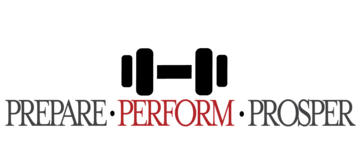Should I Train To Be Sore?
We have been there, waking up the next day from an intense workout feeling like your body can no longer function. And it feels GREAT.
Soreness and training has become synonymous. I see trainers feeling great completely destroying their clients in training sessions, and in return the client limping for three days as if it is a badge of honor. While training hard is great, training to complete soreness is not necessary. In the following I will explain soreness and why it isn't a necessity.
DOMS (Crippled)
DOMS (delayed onset muscle soreness) occurs within 24-48 hours post exercise due to muscle trauma. When training, muscle fibers are broken down inducing microscopic tears. In response, your body pushes back with an inflammatory response to begin repair of the damaged muscle. During this process you can lose some muscle function and range of motion making day to day activities difficult.
Is This The Only Way to Grow?
Contrary to popular belief, this is not the case. When you tear muscle down, your body has no choice but to repair the muscle in order to restore function. Exercise is only the stimulus to drive muscle growth or adaptation but it should not be crippling. Your muscle will still grow even if the trauma is not severe due to the volume principle. The number one encouragement of adaptation from training is volume, which is cumulative, that occurs through training frequency. If you're too sore to train at the level you need to, then you will no longer place your self in a positive environment for muscle growth, strength, and adaptation. If you would like to see more about to training volume and what that means for you, my post on training volume can be found here.
Proper Soreness
Training hard will make you sore, but you should not have so much DOMS that you cannot functionally perform over the term of your training. Now, you cannot avoid soreness all together and it is not always a bad thing. Appropriate times to have some serious soreness is in the beginning of a new program, introducing new movements, or a functional overreaching session/week when heading into a deload or planned period of rest. If you're extremely sore two weeks into your training regime, it may be time to decrease your volume to recover.
To Conclude
It is important to note that exercise is only the stimulus to encourage your results. Exercise actually breaks down the body. Proper sleep and nutrition will ensure that you recover from the bout of exercise you have recently went through to be ready to do so again later that week. Training volume and frequency is the driver of adaptation. The take home message is to workout to get better, not to be sore and you will see the results you strive for.
